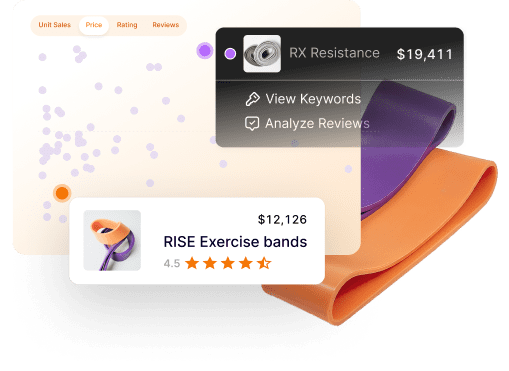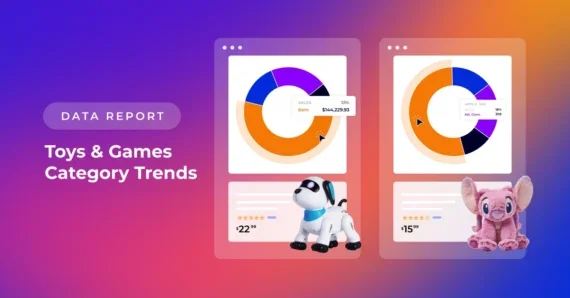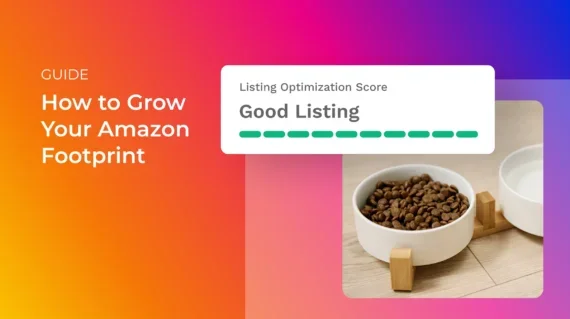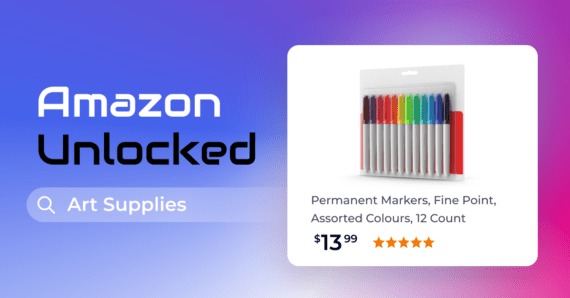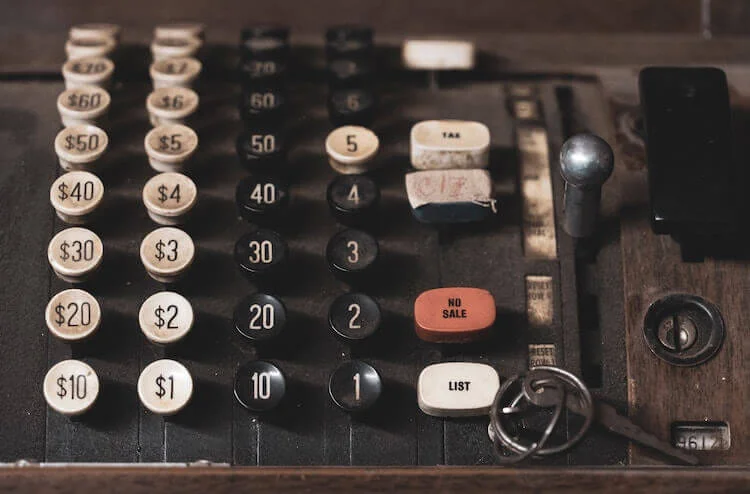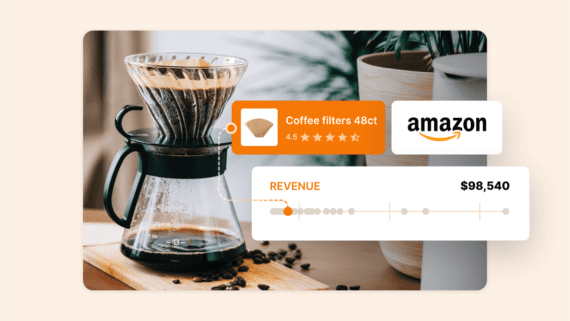Content
expand_moreA top concern amongst Amazon sellers is Amazon account suspensions — abruptly shutting down their account or listings, seemingly without reason.
And it’s a valid concern. Amazon account suspensions could result in the loss of your massive investment of time, energy, and money. Everything you’ve spent on your Amazon business can vanish in an instant.
Fortunately, you won’t have to worry about that. We’ve got your ultimate guide to Amazon account suspensions to help you navigate those treacherous waters.
Jun 5, 2023 Update:
Based on the new INFORM Consumers Act (which goes into effect on June 27, 2023), Amazon is required to collect and verify information about your seller account, such as the seller’s name, a government-issued identification document, a business address, bank account information, a working email address, a working phone number, and a tax identification number.If you do not provide Amazon with this information by Jun 27, 2023, your Amazon seller account will be at risk for deactivation. Go to the Account Health section of Seller Central to complete the identity verification.

What happens when you get suspended by Amazon?
There are four unique types of Amazon seller account interruptions, and it’s important that you understand the difference between them. We’ve ordered them by severity – from low to high.
ASIN Suppression
In addition to having your account suspended, you can also have your ability to sell an ASIN (Amazon Standard Identification Number) suppressed.
If an ASIN is suppressed, it’s still in Amazon’s database. But you, personally, cannot sell it — even if it’s your product! However, similar to Amazon account suspensions, you can appeal to have your ASIN reopened.
To learn how to lift an ASIN suppression see ‘Plan of Action’ (POA) below.
Suspension
The first step Amazon takes when removing a seller’s privileges from its platform is to suspend the seller’s account. This may seem like bad news, but being suspended actually means that you have a chance to contest the suspension.
And, if you’re lucky, Amazon will have revealed the reasons for the suspension in their notification, along with a time frame to appeal — typically seven days.
Usually, when this happens, it means responding to Amazon’s concerns by writing a Plan of Action letter detailing how you will address their issues with your account. Again, we cover how to write a Plan of Action letter later in this article.
Denied
After you’ve submitted a Plan of Action to Amazon, your POA may get denied. A denied status isn’t the end of the world though. You can rewrite and resubmit it to make your case.
Also, there is no set limit to the number of times that appeals can be resubmitted.
I’ve seen claims on seller forums that say some sellers have submitted multiple appeal letters until they finally gave the POA Amazon was looking for.
Banned
Finally, the worst-case-scenario for a suspended Amazon seller is a complete ban.
Once banned from the platform, Amazon will no longer read your emails or accept your Plans of Action. In other words, you’re done.
It may be possible to start another account, but Amazon is pretty good about “sniffing out” dummy accounts, so a ban usually (and effectively) ends your career as an Amazon seller.
How Amazon will notify you if your account gets suspended
If Amazon suspends your seller account, you will receive a notification within Seller Central, and likely to your email address on file. Make sure you frequently monitor the Account Health section in Seller Central to see the status of your Amazon Seller account.
Amazon will not send you a text so make sure to not click on any suspicious link sent to your phone!
Important: Take a moment to reflect before you act
Regardless of which interrupted account status you’re given, make sure you take a moment to pause and reflect on your circumstances.
Sometimes our first instinct is to reply right away in protest, but that can (and often does) backfire.
Instead, follow the steps detailed below.
What can you do if you’re suspended/suppressed on Amazon?
1. Consider what may have caused the suspension/suppression
Occasionally, Amazon can be somewhat vague regarding the reasons for your suspension, suppression, denial, or ban. So, if the letter from Seller Support doesn’t reveal the causes for the status, take a step back and think about all of the actions you’ve taken within the last few months.
Also remember that the event that led to the change in your seller status might come either from something you did and can control or from something outside of your control.
Things you can control: seller performance and account health
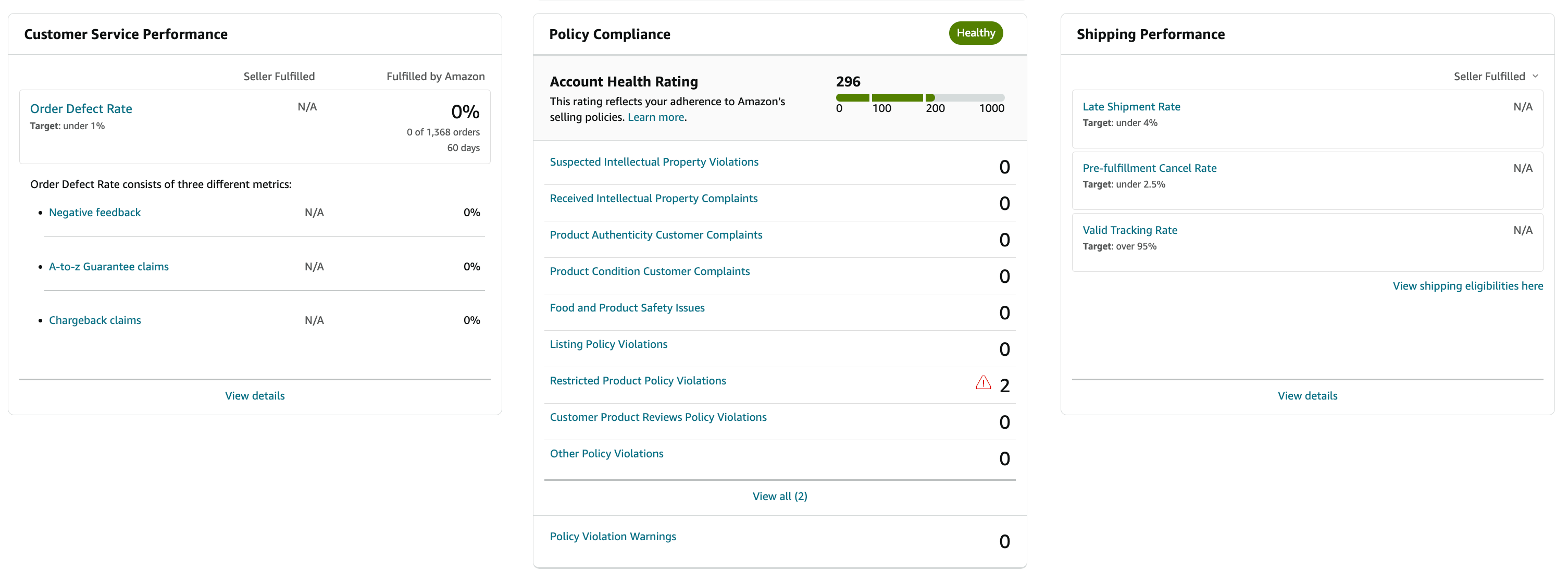
In Amazon Seller Central, under Performance > Account Health, you can view all of the elements that Amazon uses to grade your overall performance. There are three primary elements:
- Customer service performance and order defect rate. Your order defect rate is a catch-all score based on the experience of your customers. The rate is affected by negative feedback, A-to-Z Guarantee claims that are not denied, and credit card chargebacks. Amazon’s policy is to keep your order defect rate below 1%.
- Product policy compliance. Your products must not violate any of Amazon’s product policies. A single complaint in any of the following categories can jeopardize your seller status:
- IP violations
- Product authenticity claims
- Listing policy violations
- Product condition claims
- Restricted product policy violations
- Product safety claims
- Customer product review policy violations
- Shipping performance. Finally, Amazon wants to make sure that sellers (particularly FBM sellers who fulfill their own products on Amazon) ship their products on time and don’t cancel orders before the order is fulfilled. A seller must keep their Late Shipment Rate below 4%, their Pre-fulfillment Cancellation Rate below 2.5%, and at least a 95% valid tracking rate, and at least a 95% valid tracking rate in order to maintain strong shipping performance.
Things you can’t control: policy changes and black hat sellers
Sometimes, events outside of your control may result in ASIN(s) being suppressed or in Amazon account suspensions. These external effects can be lumped into two categories.
First, Amazon could make a change in its policies which may inadvertently affect your status as a Seller. This recently happened with one of Jungle Scout’s products, Jungle Snugs.
Jungle Snugs were marked as a potentially dangerous product due to a change in Amazon’s pesticides policy. Amazon shut down the product listing without notifying us or telling us why.
After contacting them, we learned about the policy change. Then, we had to submit a Plan of Action letter and take a training course. Plus, we had to promise that, going forward, we would take precautions to prevent this issue from happening again.
Amazon Update: Action required for listings on Amazon classified as pesticides
Are your Amazon products pesticides? Probably not, but Amazon may think so. Many sellers have had issues with their products being flagged as pesticides—and suppressed in the process—even if they’re not.
An item may be flagged as a pesticide if its listing contains keywords like antiviral, antimicrobial, antifungal, or antibacterial. Same goes for products intended to disinfect, repel insects, remove allergens, or prevent bacteria.
If your product is not a pesticide, make sure to remove these troublesome keywords to avoid suppression. This includes those within your listing copy as well as any backend keywords such as search terms, subject matter, and even alt-text for your A+ content images.
If your current product is indeed a pesticide, Amazon will require you to include the Pesticide Marking attribute in its listing. Amazon will also require all new listings of pesticides and pesticide devices to fill in the Pesticide Marking attribute upon listing creation.
To do that, go to the back end of your product listing on Seller Central and click on the Compliance tab.

Then scroll down to the bottom of this section, where you’ll see Pesticide Marking, Pesticide Registration Status, and Pesticide Certification Number. If your product is not a pesticide, make sure you choose “This product is not a pesticide…” If it is, fill in the other required information.

For more information or to find out if your product may be considered a pesticide or pesticide device, visit Amazon’s pesticide policy page.
[/su_note]The best defense against black hat sellers
Ultimately, the best course of action is to work closely with Amazon to understand what you need to do in order to adhere to any changes in their guidelines.
Second, “black hat” sellers can sometimes sabotage your account health and seller performance metrics.
Typical black hat practices include competitors leaving fake reviews, fake seller feedback, or even making false intellectual property claims against your product.
The best way to protect yourself from black hat practices is by trademarking your product, joining Amazon’s Brand Registry, and enrolling in Amazon’s Transparency Program – which protects your products from counterfeits.
You can also use a tool like Jungle Scout Alerts, which lets you know when there has been a change in your reviews or seller feedback.
2. Create a ‘Plan of Action’ letter
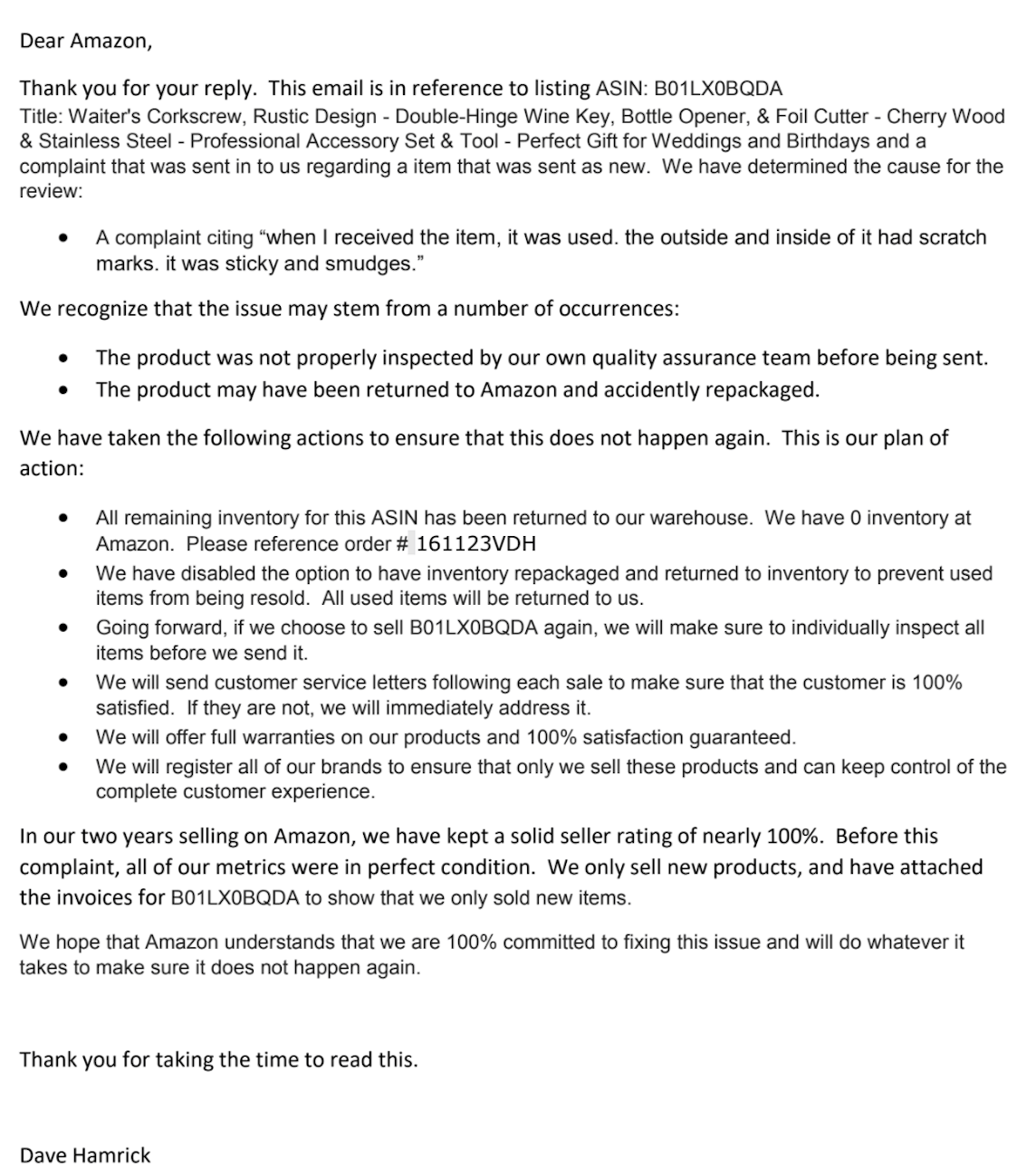
If Amazon allows you to argue your case, then you need to create a Plan of Action and submit it to Amazon.
Although the requirements for your Plan of Action letter depend on what you did to get suspended/denied, here are the basics of what you should include:
- Address the problem. This may take some guess work as Amazon can be a little unclear regarding the reasons for any Amazon account suspensions. But, if you’ve done your due diligence and considered all of the things that could have caused the suspension/denial, pick the one that’s most likely and highlight it.
For example, “I sold a product that was related to marijuana, which is a restricted product on Amazon.”
- Explain the actions you’ve taken to fix the problem. Next, explain to Amazon what you’ve done that fixes the issue at hand. These things should be done before you send your Plan of Action letter. That way you can submit evidence of the corrections you’ve made, along with your letter.
- Explain how you plan to prevent future instances of the problem. Finally, describe to Amazon how you will avoid repeating the issue in the future — this is the actual ‘Plan of Action.’
This, more than any other action you take, is what Amazon wants to see.
They want to ensure that you understand the severity of the situation and that you’re taking the proper steps to correct your mistakes. Always assume total ownership of the problem, even if you feel you were wrongly accused.
Often, POAs allow for attachments, so be sure to include any receipts, copies of email, screenshots, and any other proof that will help build your case for reinstatement.
“What if a black hat seller sabotaged me?”
If your account was targeted by an unethical seller, you can still submit a Plan of Action letter to get yourself or your product reinstated — either by writing a POA presenting evidence that the accusation is false, or taking the blame directly.
However, even though it may not be your fault, the time it takes to justify your position may result in your listing and privileges being disabled for weeks, possibly even months. You could lose thousands of dollars in missed sales opportunities if you decide to fight the false evidence.
But, if you’re afraid that admitting to a crime you didn’t commit will damage your record, consider speaking with an account suspension expert who can help you navigate the situation.
It may also speed up the reinstatement process. (More on how to find these experts below.)
3. Submit your Plan of Action and make any necessary adjustments
Once your Plan of Action is drafted, send it to Amazon. If they accept it, they will reinstate your account and you can go about running your business as normal (incorporating the new changes outlined in your Plan of Action, of course).
However, there is a chance that Amazon will deny your Plan of Action. If they do, read the denial letter carefully to see if there are any clues as to why it was denied. Then, address those issues one by one.
If you continue to have trouble, you can have a third-party arbiter — such as the ones we’ve listed below — review your letter and help you make any necessary edits.
What happens if your Plan of Action doesn’t work?
If your Plan of Action doesn’t work, you still have options.
Since it can be difficult to figure out Amazon’s reasons behind suspending your account, if and when your POA(s) are denied, we recommend hiring a third-party expert who specializes in account suspensions.
Note: You can contact Seller Support for help with Amazon account suspensions.
Occasionally, however, this can make the situation worse.
Before you reach out to Amazon Seller Support, consider speaking with a mediator.
Here are a couple of specialists we recommend:
- Cynthia Stine of eGrowthPartners offers services for Amazon sellers including: Account Reinstatement, ASIN Reinstatement, and Infringement.
- Chris McCabe of ecommerceChris offers: Account Reinstatement and ASIN Reinstatement. He can also review your Plan of Action letters.
Another option is to find Amazon experts on LinkedIn or in Amazon seller Facebook groups.
The best defense against Amazon account suspensions? Follow the rules!
The best defense against getting suspended on Amazon is to know the rules and to follow them to the letter.
Naturally, the best place to start learning is on Amazon itself. Amazon’s Seller Code of Conduct page gives you all the details you need to avoid suspensions. Then, review your Performance > Account Health page to see where your metrics currently stand.
You can also check out our breakdown of Amazon’s terms of service to help you understand what you should and shouldn’t do on the platform. In addition, we address how certain practices regarding product reviews can get you suspended on Amazon. I’d review that as well.
And even if you are the target of black hat sellers — which is somewhat rare — playing by the rules and having an account in good standing will help when it comes to making a case against the accusations of those offending sellers.
Finally, whenever you’re about to do something that doesn’t seem right, ask yourself why it feels that way.
If it feels like you’re breaking the rules, chances are you probably are!
Have you had an ASIN suppressed, or your account suspended? Share what did you do to get reinstated in the comments. We’d love to hear from you!
Brian Connolly is an Amazon seller, ecommerce expert, and writer for Jungle Scout. He lives in the New Jersey Shore area with his wife and cat. When he isn’t writing advice online for aspiring and experienced Amazon sellers for Jungle Scout, he spends his free time boating, fishing, and selling boating-themed items on his Amazon business.


